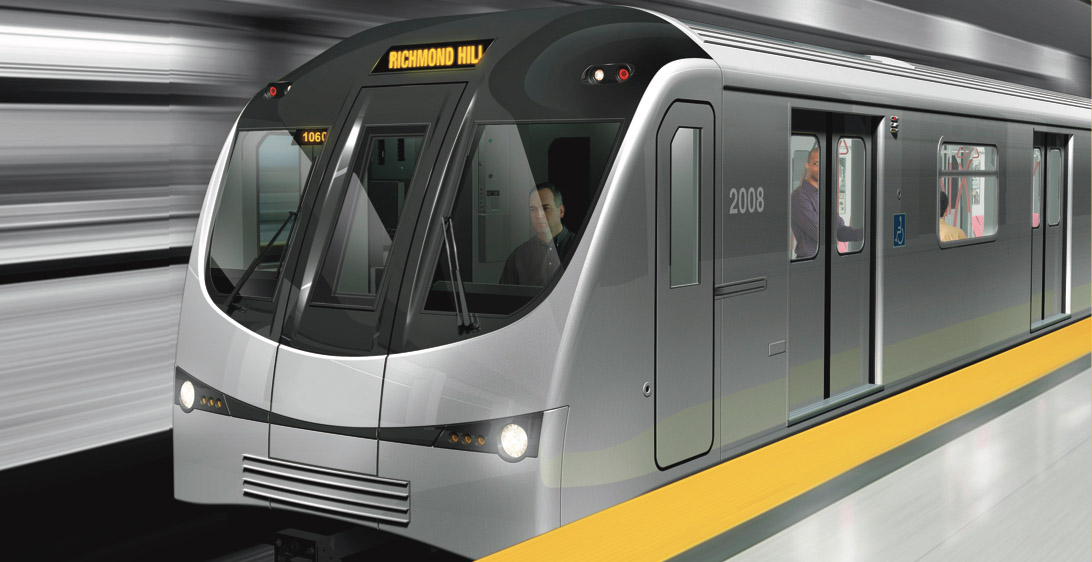44 North
Senior Member
Because that would have required either a more major realignment of the line than they were willing to do, or a permanent take of a lot more land than they ended up using in the end.
Dan
And if was pursued it likely would've been easier to build, less money, and arguably better from a planning perspective seeing that the line would've kept on Jane instead of a block west. It's incredibly swampy and boggy, 407 station is sitting in the floodplain, it's not exactly conducive to tunneling and deep stations. South of the tracks everything would remain as today.


